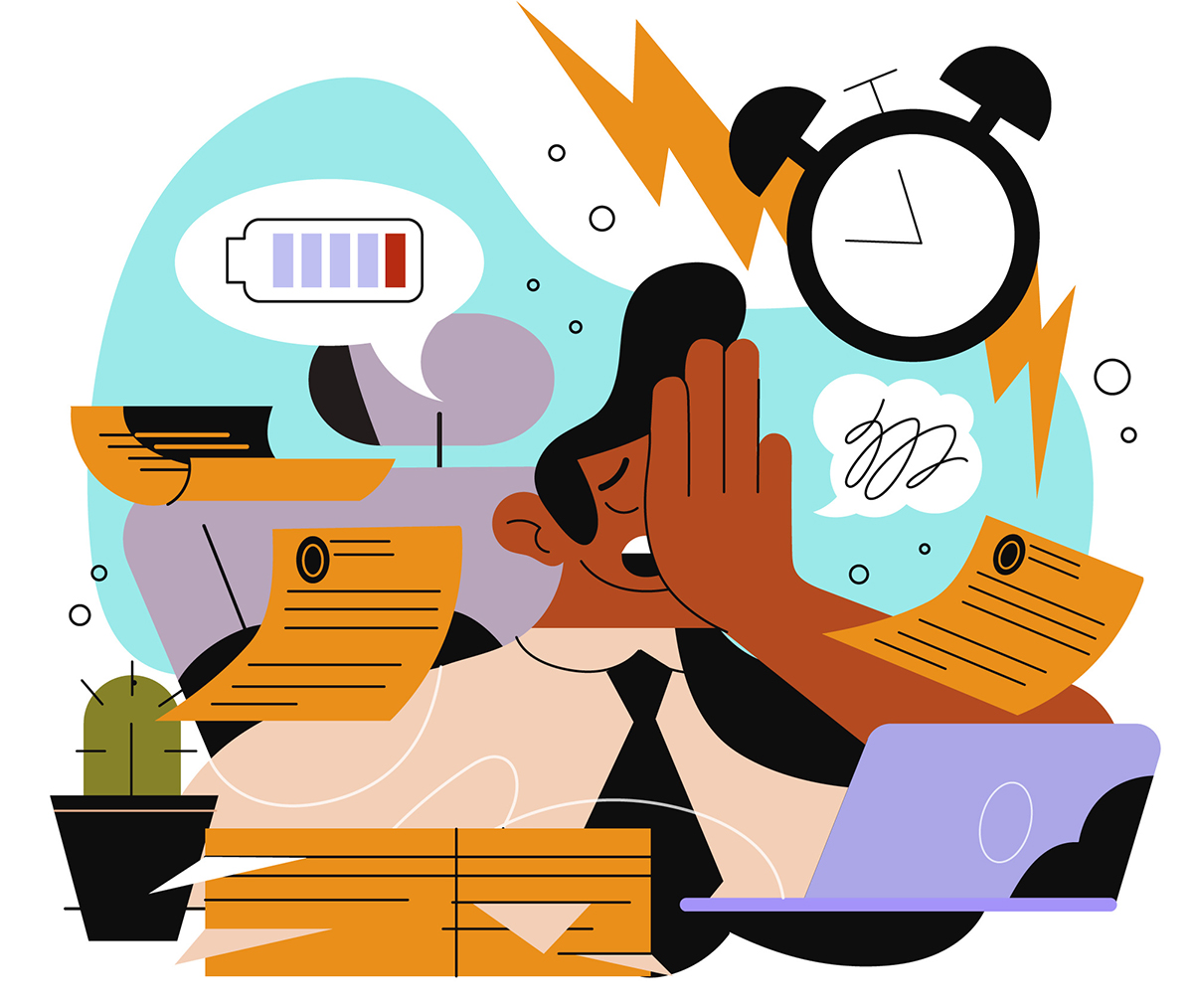How to Encourage Collaboration in the Workplace
By Maria Forbes
October 8, 2020
How well do your employees collaborate? According to a survey cited by Salesforce, over four in five executives say lack of collaboration is a leading cause of failure to meet strategic goals. While employees have different roles and responsibilities, they often have shared goals. To effectively achieve these shared goals, they must collaborate on some level. Leaders can encourage collaboration in several simple ways.
What Is Collaboration?
Collaboration involves two or more employees working together to achieve a common goal. It’s often referred to and performed in a team. A team of employees will share their knowledge and skills, and hopefully they will have the freedom to engage their natural talents to influence strategy, process, or execution of a given project. All members of the team share a common goal for project outcomes, working together in some form as collaborators.
Contrary to popular belief, collaboration isn’t the same as teamwork. Collaboration and teamwork both involve multiple employees working to achieve a shared goal. Think of teamwork as the general concept of sharing a common goal but may involve working independently of one another, whereas collaboration involves employees working interdependently in one or more aspects of a goal to achieve an outcome. How can you encourage collaboration in your workplace?
Build the Right Teams
For effective collaboration, you must build the right teams. Effective collaboration is dependent upon the full engagement of team members toward a common goal. If a team is not aligned in their problem-solving, and opposing methods of getting things done are not buffered by other facilitative talents, they will struggle to collaborate effectively. Failure to meet shared goals is a result, but one that we can correct.
When building a team of collaborators, consider employees’ unique strengths; the sum of individual knowledge, skills and experience with natural talents. Selecting members with the same strengths is not necessarily the best approach. Think about where similar skill sets or duplication of some knowledge, skills and experiences are beneficial to achieving the goal. We often find that while a central skill set and/or experience level is a baseline for team efficacy, the complementary blend of this and alternate or diverse skills and experiences creates the synergy to produce the best outcomes. Diversity of human strengths, the unique abilities of each member, promotes stronger and more effective interdependent work, or collaboration.
Designate a Quarterback
Employees need guidance to maintain the vision and group traction toward ultimate outcomes for a shared goal. A lead member or quarterback will call the play so-to-speak, in a coordinated composition of efforts by members into a series of sequential and complementary efforts. Without a team lead, members can lose their sense of direction, causing collaboration to get derailed. Leaders are responsible for maintaining alignment of efforts and illustrating the path to success through all collaboration cycles.
Define the quarterback role and then choose carefully. One of the most destructive elements of leading collaboration is leadership designed while in progress. The lack of a defined role creates a need for the leader to define his or her role while they are working, causing misunderstood input and misguided efforts by collaborators. Defining the collaboration lead helps to select a member with the right strengths for leading.

Define Clear and Attainable Goals
Expecting shared goals to be accomplished efficiently and on time requires clear and attainable goals across collaborators. Goals are a central element of collaboration; however, without clear definition that is understood by all collaborators, perceptions of what is expected to achieve it will vary widely. Well-defined goals and objectives are a reference for collaborators to monitor their separate and interactive efforts during all collaboration cycles. Even with the presence of appropriate leadership, the lack of well-defined goals leaves collaborative teams with blurred vision, the inability to see clearly what is expected of themselves and their co-collaborators.
Goal setting is not a one-and-done effort. There are evolving aspects of goal development, as collaborators measure and achieve their work. Adjustments to objectives along the way can sometimes lead to a full pivot in order to meet the broader vision, making clearly defined goals more integral to ensuring alignment of efforts will meet the expected outcome. Clarity of all initiatives is dependent on the right series of short-term and long-term goals. Short-term goals, of course, are characterized by a short duration, such as one or two months. Long-term goals, on the other hand, have a longer duration such as a year or more. Clear and attainable goals will keep team members on the right path while simultaneously encouraging collaboration.
Leverage Technology
Especially in today’s current environment, the right use of technology is essential to effective collaboration. Many companies today now operate with remote teams. The transition from working side by side with occasional conference calls, to working in a fully remote environment over the internet has been both beneficial and challenging. As a result, collaborators don’t have the benefit of face-to-face communications. Communication via email is enhanced by video conference and text messaging, but the lack of face-to-face communications can hinder collaboration.
A healthy use of apps and software solutions can help teams collaborate when working remotely. Maintain a schedule for focused work time, when your virtual door is closed to get work done, and for open time, when you can be interrupted by others to brainstorm, answer questions, or coordinate efforts. The nature of video conference as a primary means of communication requires collaborators to manage their time and energy wisely as the potential for back-to-back meetings via computer screen is unproductive and exhausting.
Some of the most popular apps and software solutions for collaboration include the following:
- Trello
- Slack
- Asana
- Samepage
- Monday
- Flock
- Microsoft Teams
- Zoom
- Google Docs
Set Milestones
Consider setting milestones for your collaborator teams. A milestone isn’t the same as a goal. It’s a metaphorical “point” in the path to achieving a goal. Each goal can have several milestones. These milestones serve as stepping stones to the respective goal.
Milestones are an effective way to show progress by collaborative teams. When a team reaches a milestone, employees will know they are one step closer to achieving their common goal. As a result, they’ll feel more energized and motivated to collaborate so that they can reach the the associated milestones.
In Conclusion
Collaboration occurs when employees work together to achieve a common or shared goal. It centers around teams of two or more employees. All of the employees in a team share their personal strengths and collective resources to achieve a common goal.




